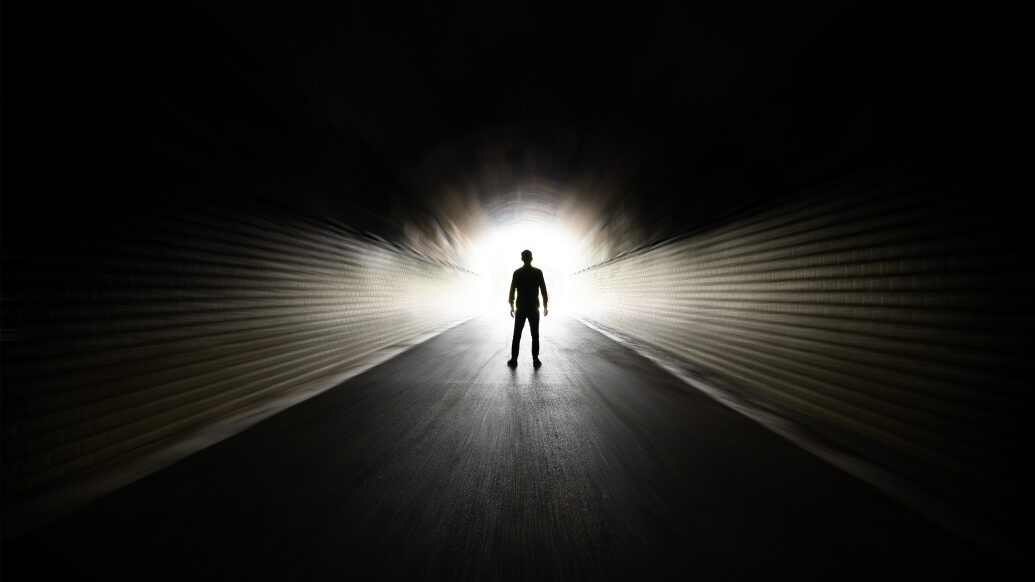Gamma gamma hey
Reports of near-death experiences — with tales of white light, visits from departed loved ones, hearing voices, among other attributes — capture our imagination and are deeply engrained in our cultural landscape.
The fact that these reports share so many common elements begs the question of whether there is something fundamentally real underpinning them — and that those who have managed to survive death are providing glimpses of a consciousness that does not completely disappear, even after the heart stops beating.A study published in the Proceedings of the National Academy of Science, provides early evidence of a surge of activity correlated with consciousness in the dying brain.
The study, led by Jimo Borjigin, PhD, associate professor in the Department of Molecular & Integrative Physiology and the Department of Neurology, and her team, is a follow-up to animal studies conducted almost 10 years ago in collaboration with George Mashour, MD/PhD, founding director of the Michigan Center for Consciousness Science.
Similar signatures of gamma activation were recorded in the dying brains of both animals and humans upon a loss of oxygen following cardiac arrest.
“How vivid experience can emerge from a dysfunctional brain during the process of dying is a neuroscientific paradox,” says Mashour. “Dr. Borjigin has led an important study that helps shed light on the underlying neurophysiologic mechanisms.”
Hot zone
The team identified four patients who passed away due to cardiac arrest in the hospital while under EEG monitoring. All four of the patients were comatose and unresponsive. They were ultimately determined to be beyond medical help and, with their families’ permission, removed from life support.
Upon removal of ventilator support, two of the patients showed an increase in heart rate along with a surge of gamma wave activity, considered the fastest brain activity and associated with consciousness.
Furthermore, the activity was detected in the so-called hot zone of neural correlates of consciousness in the brain, the junction between the temporal, parietal, and occipital lobes in the back of the brain. This area has been correlated with dreaming, visual hallucinations in epilepsy, and altered states of consciousness in other brain studies.
These two patients had previous reports of seizures, but no seizures during the hour before their deaths, explains Nusha Mihaylova, MD/PhD, a clinical associate professor in the Department of Neurology who has collaborated with Borjigin since 2015 by collecting EEG data from deceased patients under intensive care unit treatment. The other two patients did not display the same increase in heart rate upon removal from life support, nor did they have increased gamma activity.
Because of the small sample size, the authors caution against making any global statements about the implications of the findings. They also note that it’s impossible to know in this study what the patients experienced because they did not survive.
“We are unable to make correlations of the observed neural signatures of consciousness with a corresponding experience in the same patients in this study,” says Mihaylova. “However, the observed findings are definitely exciting and provide a new framework for our understanding of covert consciousness in the dying humans.”
Larger, multi-center studies including EEG-monitored ICU patients who survive cardiac arrest, could provide much-needed data to determine whether or not these bursts in gamma activity are evidence of hidden consciousness even near death.
Additional authors on this paper include Gang Xu, Duan Li, Fangyun Tian, Peter M. Farrehi, Jack M. Parent, and Michael Wang.



Patrick Freeman - MSW 1973 U of M
I just retired professor emeritus from Cal State Fullerton .I have taught Yoga and Tai Chi.
I have had a real interest in NDE’s and read every book
On the subject since Ray Moody.
Bravo on your research .
I would be interested in teaching a course on NDE’s
Reply
Laura Brodie - 1984
Read this book if you’re curious about one woman’s story…
DYING TO BE ME, Anita Moorjani
Extremely powerful transformational material that changed my relationship to life and death.
Reply
Pat CARDIFF - 1990
All I gather from this is that gamma wave surge may represent the last signals, i.e., persistent, in the dying brain, in certain individuals. Nothing mysterious about that at all. I’m not even sure what the hypothesis is here – what are the authors tying to prove or disprove?
Reply